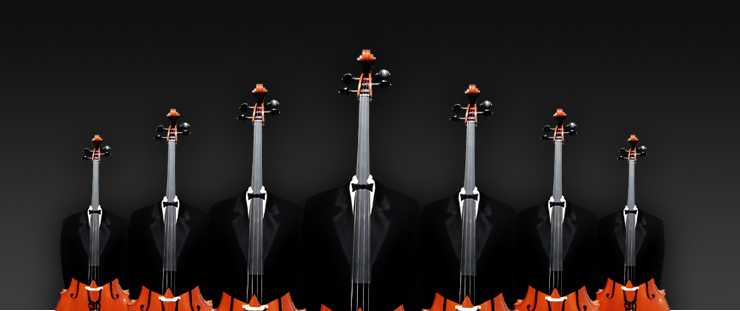             |
Building of musical instruments in Novi Sad, the Vojvodina Province
The building of musical instruments has a long tradition in the Vojvodina Province. At the end of the eighteenth and the beginning of the nineteenth century, towns along the Danube River had entered a period of economic prosperity and their populations increased considerably. Cultural and musical life burgeoned in towns like Petrovaradin, Novi Sad, Sombor, Subotica, Kikinda, Pancevo and Vrsac. Soon these towns became centers for dissemination of culture to the other parts of the Vojvodina Province.
Under the influence of European cultural tendencies, citizens of these towns adopted the contemporary musical trends - in well-to-do houses, music was a popular and frequent pastime. Violins and pianos were the most popular instruments, but harps were also played and guitars were strummed. Polkas, waltzes and "minets" (minuets) were danced at balls, serenades were given and love songs were composed, in the spirit of romanticism and in accordance with the Central European musical tradition, at the lyrics of local poets. Brass bands were formed in military garrisons; sounds of music could be heard from coffeehouses and public squares. At country fairs, the sound of violin intermingled with the sounds of folk instruments - tamburitzas, bagpipes, flutes or "gusle".
Music teachers, choirmasters and composers came attracted by this flurry of musical activity and soon afterwards there appeared first builders of musical instruments. They mark the beginnings of this important branch of artistic craftsmanship in the Vojvodina Province.
The early craftsmen worked most frequently on the repair of musical instruments but they also built the most popular instruments such as tamburitzas, mandolins, guitars and violins. Stevan Bogdanovic was among the first builders of musical instruments from Novi Sad. He made several excellent copies of Stradivari violins. City records mention Paja Stojakovic who also worked in Budapest, Vienna, Munich and Paris. In mid-nineteenth century, Joseph Jaus was making a variety of instruments from the tamburitza family. The other prominent Novi Sad craftsmen were Adam Decinger, Bela Trupel and Jovan Torma. The last one specialized in the building of contrabasses.
It is also recorded that Novi Sad also had a builder of pipe organs, Adam Keilbach. In 1879, he built a pipe organ in the church of St. Rok in Novi Sad's Futoska Street.
In the twentieth century, well-known craftsmen were Nandor Rafai, Stevan Beli, Adam Sade and Adam Gutvajn. The last two, being recognized violin builders, periodically worked in other European towns.
The latest in this long line of Novi Sad builders of musical instruments is Stevan Rakic who builds string instruments - violins, violas, cellos, contrabasses. |
 |









